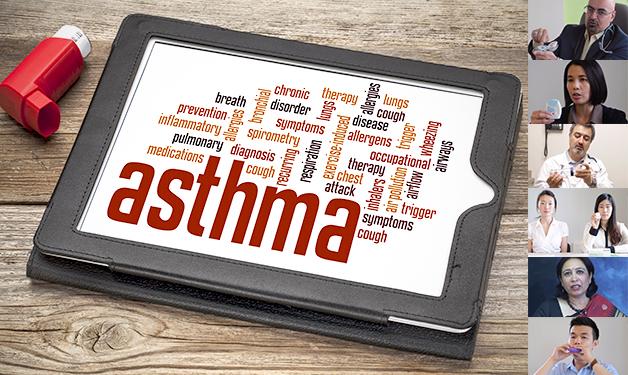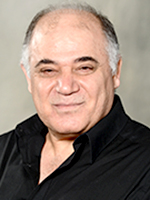
Resources developed through dedicated community-based participatory approach.
Taking medications per doctor’s orders is challenging for most people. The task proves substantially more challenging when the language of the doctor or health care provider is different from that of the patient. Effective communication between health care professionals and patients, in particular among ethno-cultural communities, has shown to help with self-management of chronic diseases.
A new set of online educational videos and pamphlet resources for different cultural community patients who suffer from asthma and chronic obstructive pulmonary disease (COPD) is breaking the language barrier and helping patients breathe easier.
Studying asthma and COPD in different Asian and South Asian populations in Metro Vancouver, Dr. Iraj Poureslami, associate member of the Centre for Clinical Epidemiology and Evaluation (C2E2) at the Vancouver Coastal Health Research Institute, and his colleagues found that the language difference between patients and their health care providers prevented patients from understanding how and why they should use their inhalers and medications.

“The problem with most existing health information and patient guidelines is that they are most often either in English or French,” says Dr. Iraj Poureslami. “In some cases, written health information is translated word for word; this isn’t entirely useful because of literacy problems within some cultural communities and the inability to understand those words.”
“When patients do not understand what their healthcare providers are telling or recommending to them, and providers either do not speak the clients’ language or are insensitive to cultural differences, the quality of health care can be compromised,” says Dr. Poureslami.
With funding from Vancouver Coastal Health Authority Integrated Primary and Community Care (VCH-IPCC) and the BC Lung Association, Dr. Poureslami and colleagues, under the supervision of Dr. Mark FitzGerald (the head of Centre for Lung Health), used a community-based participatory approach to collect qualitative data from COPD patients in Chinese (Mandarin and Cantonese), Filipino, Korean, English, and Farsi communities in the Greater Vancouver area, to develop culturally and linguistically relevant educational materials.
“Community-based participatory approach enabled us to involve patients, family caregivers, and community informants (i.e. community educators or champions who spoke the different languages) in all aspects of the design, implementation, and evaluation of the project, mainly through focus groups,” says Dr. Poureslami, who is also a senior research scientist in the Respiratory Medicine Division of the UBC Faculty of Medicine.

In response, English print materials were developed and then translated by community facilitators, which were further reviewed by the study team, health professionals, and community key-informants, for accuracy and scientific soundness, before being evaluated by the COPD patients and their family caregivers. By the project’s end, the group had developed 72 online videos and 42 handbooks (pamphlets) in English, Cantonese, Mandarin, Filipino, Korean, and Farsi.
Better, accessible education leads to health care cost savings
“We’ve received very positive feedback from our own patients as well as our VCH and BC Lung Association colleagues, and multicultural organizations serving newcomers in Metro Vancouver,” says Dr. Poureslami.
“The most important thing to us was to recognize and respond appropriately to COPD patients with literacy and language needs and provide access to information that is linguistically and culturally relevant.”
While the researchers’ main goal was to create educational materials that could help non-English speaking COPD and asthma patients better manage their disease at home, an added benefit to their efforts is the anticipated disease management outcomes and health care savings.


